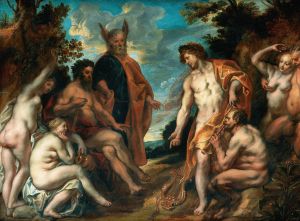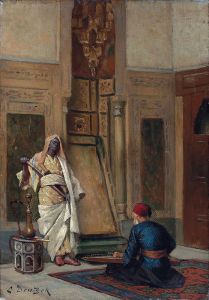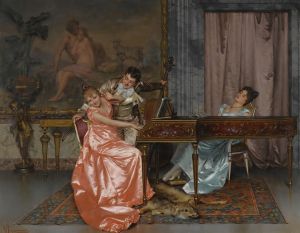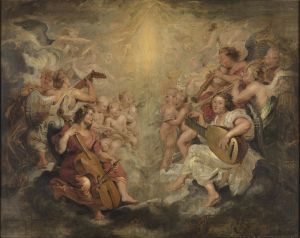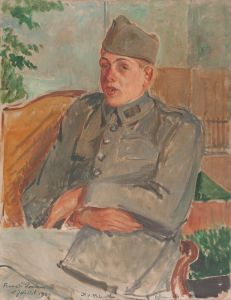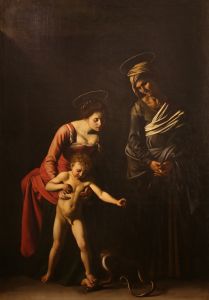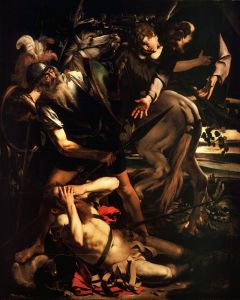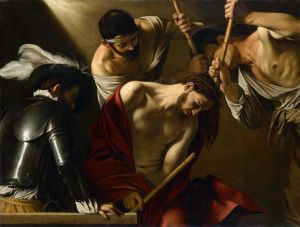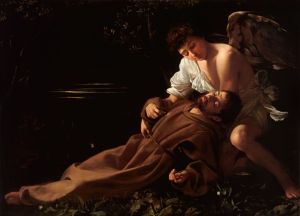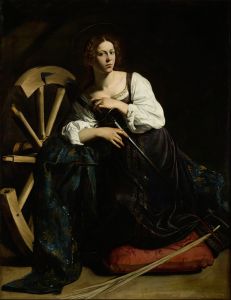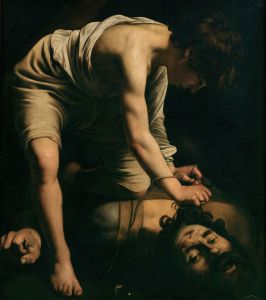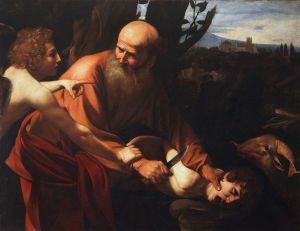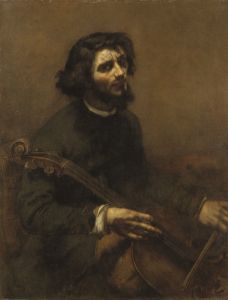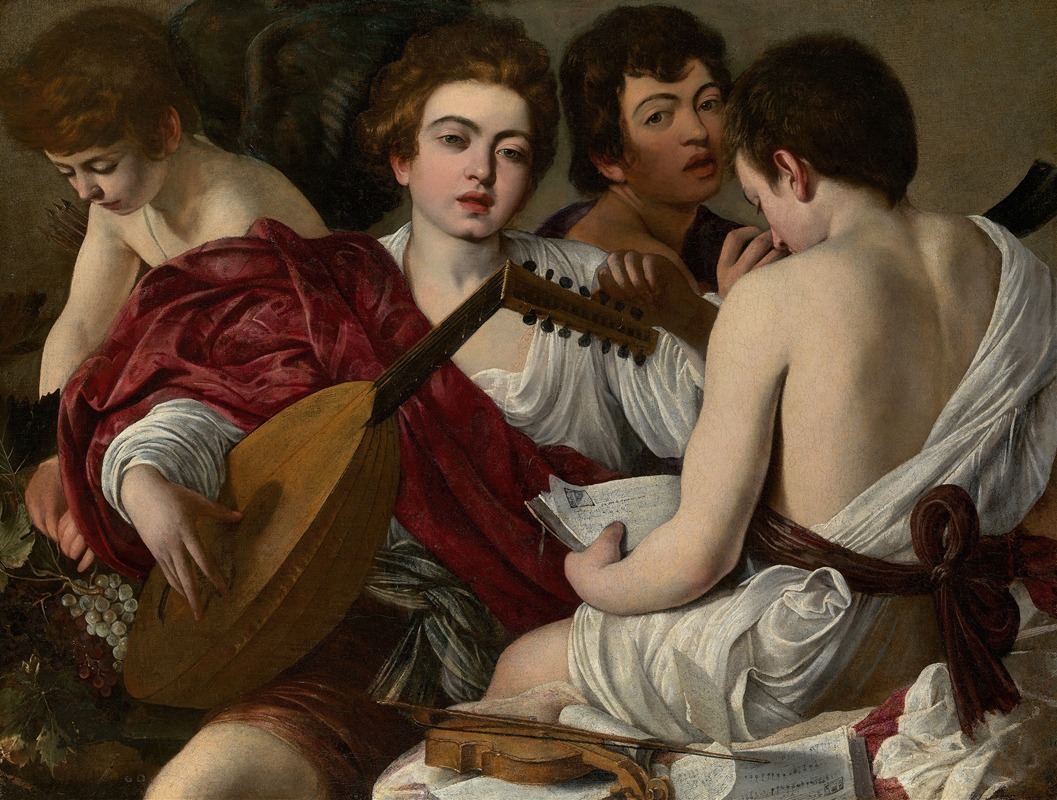
The Musicians
A hand-painted replica of Caravaggio’s masterpiece The Musicians, meticulously crafted by professional artists to capture the true essence of the original. Each piece is created with museum-quality canvas and rare mineral pigments, carefully painted by experienced artists with delicate brushstrokes and rich, layered colors to perfectly recreate the texture of the original artwork. Unlike machine-printed reproductions, this hand-painted version brings the painting to life, infused with the artist’s emotions and skill in every stroke. Whether for personal collection or home decoration, it instantly elevates the artistic atmosphere of any space.
"The Musicians" is an early work by the Italian Baroque master Caravaggio, created around 1595. This painting is housed in the Metropolitan Museum of Art in New York City. It is an oil on canvas that measures approximately 92 by 118.5 centimeters. The artwork is notable for its depiction of four young musicians, three of whom are actively engaged in playing instruments or singing, while the fourth figure, dressed as Cupid, is seen holding a bunch of grapes.
Caravaggio's "The Musicians" is a significant example of his early work, showcasing his emerging style that would later come to define Baroque art. The painting was commissioned by Cardinal Francesco Maria Del Monte, a prominent patron of the arts and an influential figure in Caravaggio's career. Del Monte's support was crucial in the artist's development and success in Rome.
The composition of "The Musicians" is carefully arranged to create a sense of intimacy and immediacy. The figures are closely grouped together, and the viewer is drawn into their world, almost as if invited to join in their music-making. Caravaggio's use of light and shadow, known as chiaroscuro, is evident in this work, although it is more subtle than in his later paintings. The light falls softly on the figures, highlighting their youthful features and the textures of their clothing and instruments.
The painting is often interpreted as an allegory of music and love, themes that were popular in the art and literature of the time. The presence of Cupid, the god of love, suggests a connection between the music being played and the emotions it can evoke. The inclusion of grapes, a symbol often associated with Bacchus, the god of wine, may further allude to the pleasures and indulgences of life.
Caravaggio's attention to detail is evident in the realistic depiction of the musical instruments, which include a lute, a cornetto, and sheet music. The artist's ability to capture the nuances of human expression is also apparent in the faces of the musicians, each of whom seems lost in their own world of sound and emotion.
"The Musicians" reflects Caravaggio's interest in capturing the human experience in a naturalistic manner. His approach was revolutionary at the time, moving away from the idealized forms of the Renaissance to a more realistic portrayal of ordinary people. This painting, along with others from his early period, helped to establish Caravaggio as a leading figure in the Baroque movement.
In summary, "The Musicians" is a testament to Caravaggio's skill and innovation as an artist. It combines elements of realism, allegory, and emotion in a way that was groundbreaking for its time. The painting remains an important work in the study of Caravaggio's development and the broader context of Baroque art.





